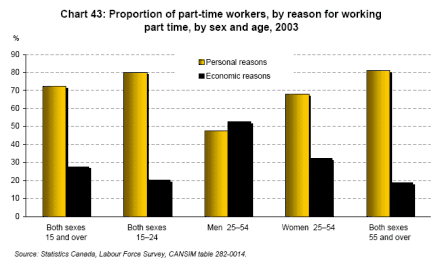

In a recent survey of British adults, it was found that about 40% of domestic violence victims were male. Nonetheless, males are also frequently the victims of domestic violence. And it is true that the injuries suffered by female domestic violence victims tend to be more serious than those suffered by male victims, and that the abuses inflicted by men are likely to be more frequent and severe. When people think of a domestic violence victim, most immediately visualize a woman. Physical abuse in relationships is almost always committed by men. There is, in fact, a great deal of similarity in what men and women want from relationships: Both men and women rate kindness, an exciting personality, and intelligence as the three most important characteristics in a partner, for example. And most gender differences in personality are a lot smaller than gender differences in height. For example, men are taller than women, on average, but there is also plenty of overlap in men’s and women’s heights-and many women who are taller than many men. 15 And just because a gender difference is “statically significant” doesn’t mean it’s large, simply that there is a reliable difference, on average. The truth is that sex differences in most areas are relatively small, and there is much more variation between individual people than there is between genders. In his best-selling book, Men Are From Mars, Women Are From Venus, John Gray argues that men and women are so different they might as well come from different planets. This myth is often perpetuated by the popular media. Men and women have fundamentally different personalities and orientations toward relationships. Just as in the hypothetical scenarios, women demonstrated a willingness to engage in a casual encounter.

She found that, consistent with past research, women were more likely than men to report having rejected those offers, but that the best predictor of whether or not women accepted such an offer was the perceived sexual prowess of the man. She also asked people about their actual past experiences receiving offers for casual sex. 12 When she asked subjects to consider hypothetical situations-like a one-time sexual offer from a celebrity or from a friend rumored to be "good in bed"-women were just as likely as men to indicate a willingness to take such highly attractive partners up on their offers. Conley examined how specific situational features can affect women’s willingness to engage in casual sex. For women to be interested in casual sex, the circumstances need to be right it’s not that women are uninterested, but that they are pickier about whom they choose for trysts.But for those who thought their deception might be detected, women actually reported slightly more partners than men. 11 Participants not hooked up to the lie detector offered the typical, socially desirable responses, with men reporting more partners than women. 10 In one study, researchers hooked some participants up to a phony lie detector, and asked them about their sexual history. Therefore, in surveys asking men and women how many sexual partners they’ve had, many researchers have speculated that men tend to exaggerate and women tend to underestimate the number of partners they’ve had, making it falsely appear that men have more sexual partners. It is socially unacceptable for women to admit to an interest in casual sex.But when the researchers examined who participants actually chose during the event, the gender difference disappeared: Both men and women preferred physically attractive partners, with no gender difference in how much looks influenced their choices. Prior to their speed-dates, the students rated how important different characteristics would be in making their selections, and the expected gender differences emerged, with women rating physical attractiveness as less important than men. 6 In a more recent study, researchers examined the preferences of college students participating in a speed-dating event. What does research say about the people that men and women actually choose to date? In a classic study on interpersonal attraction, college students were randomly matched with blind dates, and for both men and women, physical attractiveness was the main characteristic that predicted whether or not someone was interested in a second date. But this data only speaks to what men and women claim they are looking for.


 0 kommentar(er)
0 kommentar(er)
